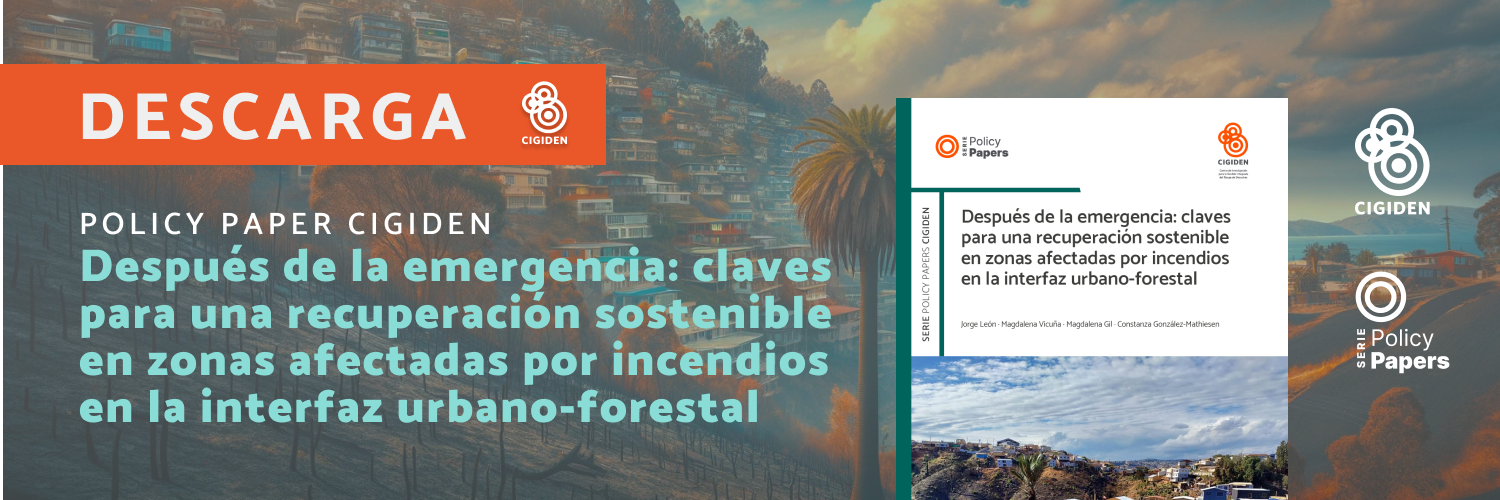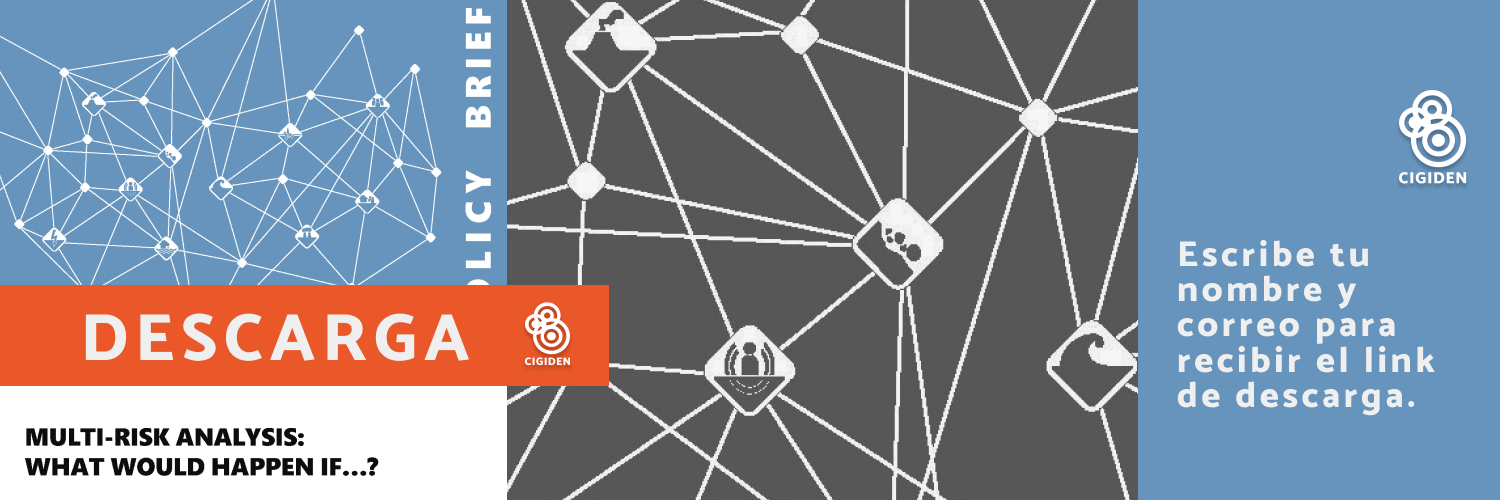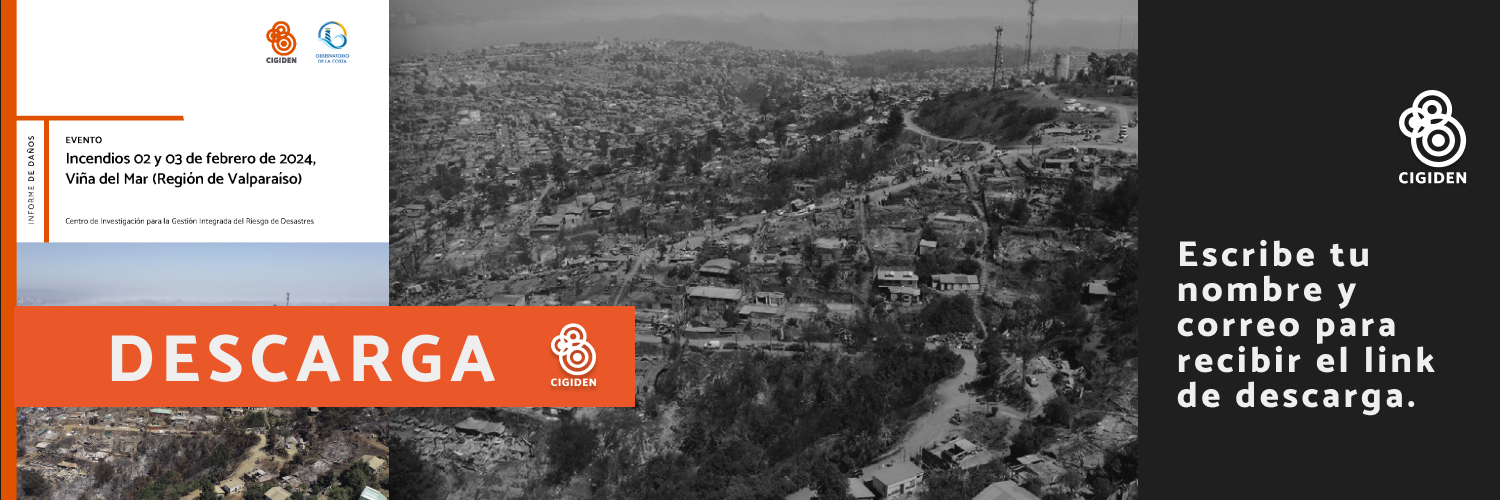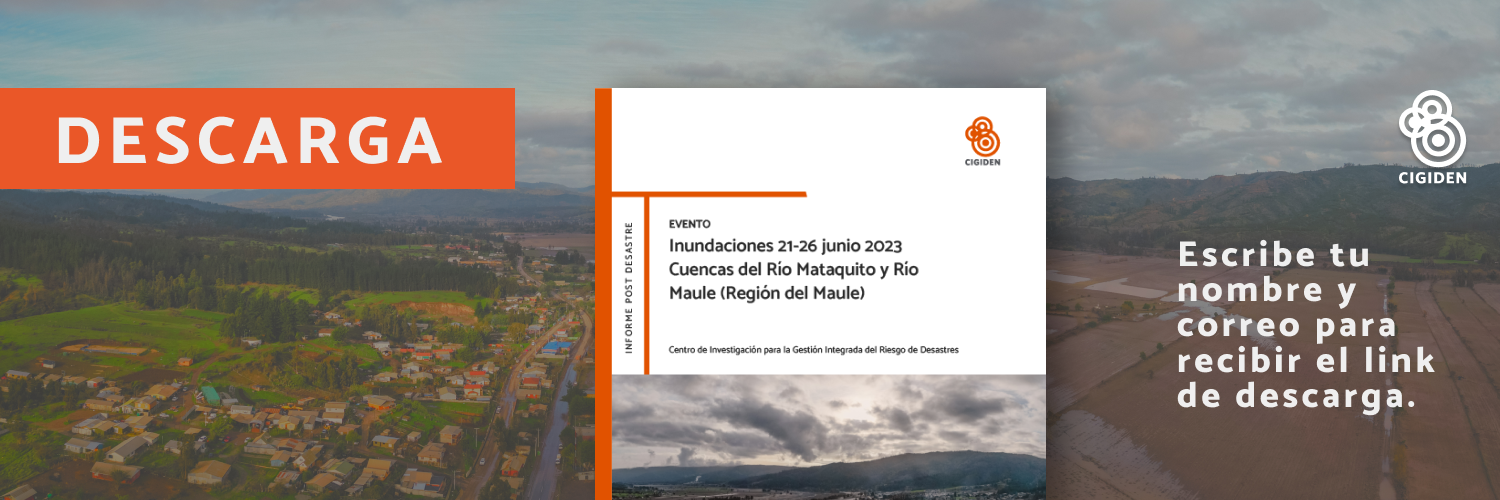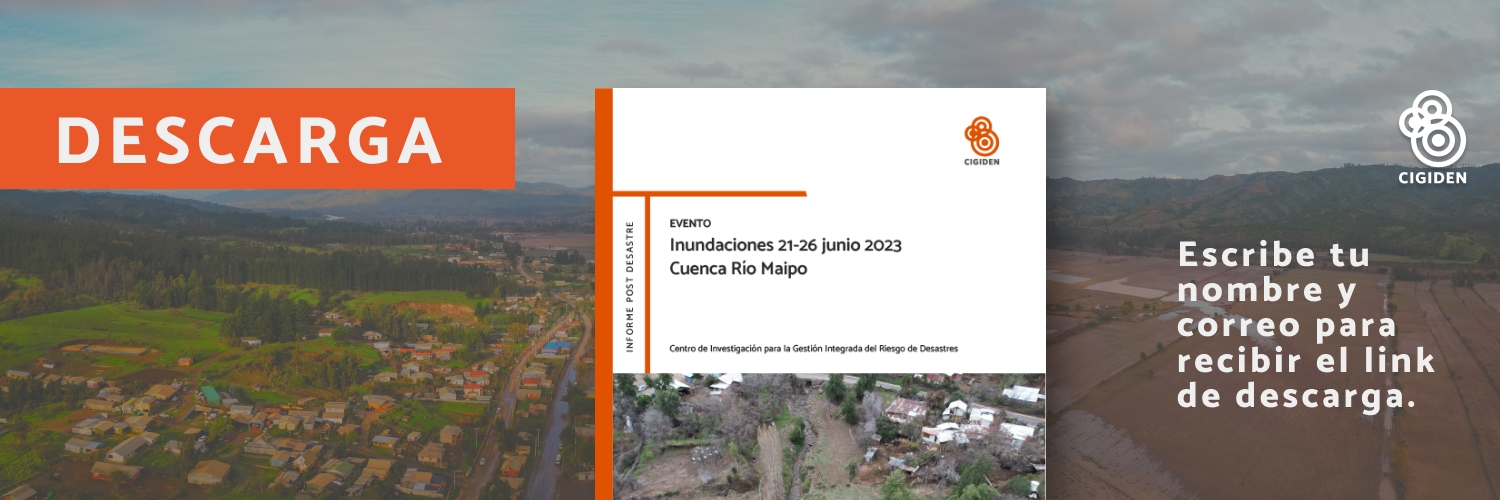“The pandemic disaster in the communes of the Metropolitan Region will only be stopped with economic resources and not with the police controlling mobility. CIGIDEN says there are no natural disasters, but natural hazards like earthquakes, floods, and also pandemics, so it is our responsibility as a community to avoid these events from becoming disasters”. This is how it is presented by Constanza Fosco and Felipe Zurita, both CIGIDEN researchers.
The experts recently published a column on the digital media outlet CIPER Academic (Spanish initials for Journalistic Research Center), where they estimated the economic and health risks to which Metropolitan Region workers are exposed to, considering their labor condition and the current pandemic context and confinement. According to the study, the workers that would be more exposed to health risks are those performing essential functions and/or cannot perform them remotely. Also, people at risk are those without a stable job that have to go out daily to earn an income
In fact, researchers estimate that 28% of the people living in the Metropolitan Region are workers who perform essential jobs, a situation that makes it difficult to stop the coronavirus spread, given their mobility. Moreover, these people do not live equally distributed in all the communes. «There are communes where these workers who must leave despite the pandemic mostly belong to and also others where they represent a minority, meaning that there will be communes where it will be more difficult to contain the epidemic than in others,» says Felipe Zurita, Ph.D. and M.A in Economics at the University of California, and UC Economics academic.
Quarantine and Funding
Likewise, Constanza Fosco, Ph.D. in Quantitative Economics at the University of Alicante and associate researcher at GISC (Spanish initials for Interdisciplinary Group of Complex Systems), Spain, adds that «in the case of deprivation, It is more likely -and natural- that people try to work accepting the possibility of infection and sanctions. For this reason, communes with a high economic risk should also be considered with a high health risk. Quarantine saves lives, but requires funding,» she said.
Micro-entrepreneurs, self-employed workers, those without a contract, or those with a fixed-term contract, along with those who provide domestic services, are the most vulnerable to economic risk. «Economic risk is a second indicator we created to represent the potential losses or costs that workers might experience during a quarantine as they cannot work or face the possibility of losing their job,» explains Zurita.
To estimate how many workers would be in each situation -both at health and economic risk- and within a context of total confinement in the Metropolitan Region, the researchers cross-checked data related to the description of the Instructions for Movement Authorization of March 25, 2020, the Internal Revenue Service’s Business Statistics by Community and Economic Activity of 2018, the December 2019 National Employment Survey, and the December 2018 Supplementary Income Survey, both surveys from the National Institute of Statistics (INE in Spanish).
Introspective classification
«In the absence of direct information, we made an introspective classification of the ability to work remotely, for each occupation covered by the survey. The classification is generous, in the sense that it assumes that all individuals without technical barriers to remote working also have the technological and environmental means to do so, such as a good Internet service, a computer, and an organization to interact in this way with,» explains Dr. Fosco.
The study results indicate that only 33% of the employed can work remotely, while the remaining 67% must go out to work. Moreover, 40% belong to an industry qualified as essential, where the work can be done remotely or in person. «For example, in the food industry – which is essential – a director can work remotely, while the operator cannot,» Felipe Zurita explains.
In addition to those who can work remotely and/or belong to an essential sector, 61% of the workers would keep their usual job. The rest, 39%, would be prevented from working in a total quarantine, i.e. approximately 1.6 million people.
Besides that, the study also warns that the group of workers who lose their income along with their job corresponds to 18% and these are the vulnerable workers who cannot work remotely or do not carry out an essential activity. The sum of their lost income is 11% of the workers’ total estimated income in the Metropolitan Region.
Economic and health risk
In sum, the data suggest that out of ten workers, approximately two would be protecting their health at the cost of losing their income; three would work on-site in essential activities risking their health, and the rest would be able to look for their health and help to prevent virus transmission, without risking their livelihoods. La Pintana, Pedro Aguirre Cerda, Paine, Curacaví, San Pedro and Peñaflor are the communes with the highest health and economic risk, while La Reina, Las Condes, Macul, Ñuñoa, Peñalolén, Providencia and Santiago present the lowest risk in both indicators.
«In light of this information, we believe that the public good pursued through confinement cannot be obtained at a reasonable cost if it is not supported by strong financing to mitigate economic risk -which also impacts health- as well as by strict health protocols to directly reduce health risk,» they say in the CIPER column.






